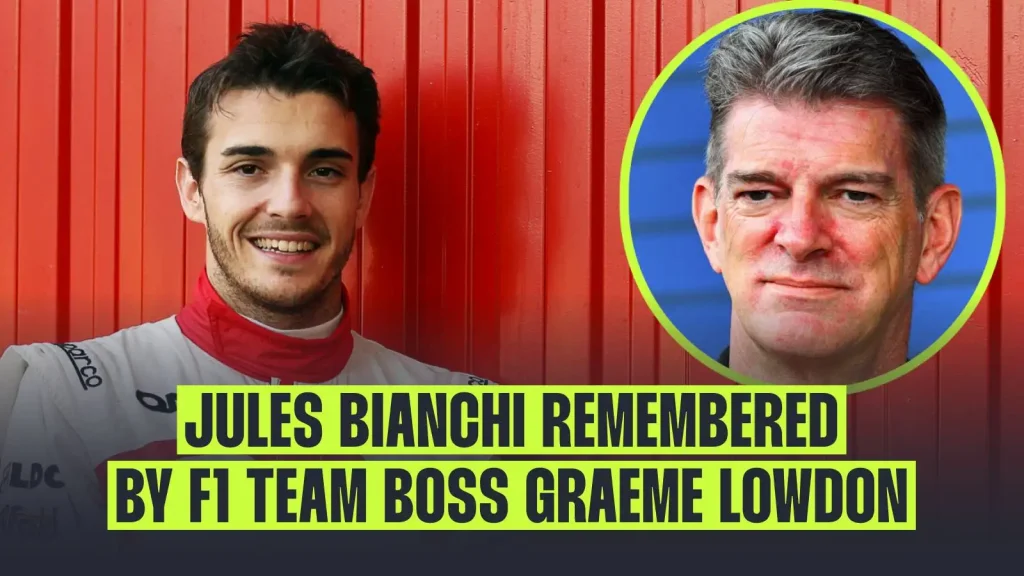Jules Bianchi passed away just two weeks before his 26th birthday, suffering fatal injuries from a crash at the 2014 Japanese Grand Prix.
Bianchi was a standout talent in Ferrari’s junior driver program and was anticipated to join the Scuderia in the mid-2010s. However, his promising career was tragically cut short by a crash at Suzuka in 2014.
Graeme Lowdon Reflects on Jules Bianchi
The accident involving Jules Bianchi took place during the 2014 Japanese Grand Prix on a severely rainy day in Mie Prefecture. The track faced difficult conditions due to Typhoon Phanfone, which led to Bianchi losing control at high speed and colliding with a recovery vehicle that was tending to another car, resulting in life-threatening injuries.
Bianchi sustained a diffuse axonal brain injury and never regained consciousness, tragically passing away on July 17, 2015, at just 25. A native of Nice, he was key in the life of Ferrari star Charles Leclerc; had fate been kinder, they might have competed against each other at the top of the F1 standings.
As of late 2014, Bianchi’s future seemed linked to Ferrari. A key member of the Driver Academy, he had been involved in testing for Ferrari while also serving as a reserve driver for Marussia F1. Just weeks prior to his accident, he had tested the Ferrari F14-T following Kimi Raikkonen’s crash at Silverstone, setting the fastest time of the day.
During his time at Marussia, a struggling and small team at that moment, Bianchi had scored a point at Monaco in May 2014, pushing the team ahead of Caterham in the Constructors’ standings, a crucial factor for their financial survival into 2015.
Graeme Lowdon, then CEO of Manor Motorsport, which oversaw the Marussia team, recalled the incident as a chaotic time filled with stress and pressure. Bianchi’s condition weighed heavily on him while simultaneously managing the team. Months later, Bianchi was repatriated to Nice, where Lowdon visited him, reflecting on their conversations and the bond they shared within the team.
Lowdon emphasizes that Bianchi was a talented race driver whose legacy contributes to F1 today. He recalls Bianchi’s early support for Charles Leclerc, showcasing Bianchi’s character as not just a driver but a person filled with promise. Bianchi’s tragic death prompted significant safety changes in F1, including the introduction of the Halo device, aimed at preventing future fatalities and serious injuries, ensuring that his memory endures within the sport.



